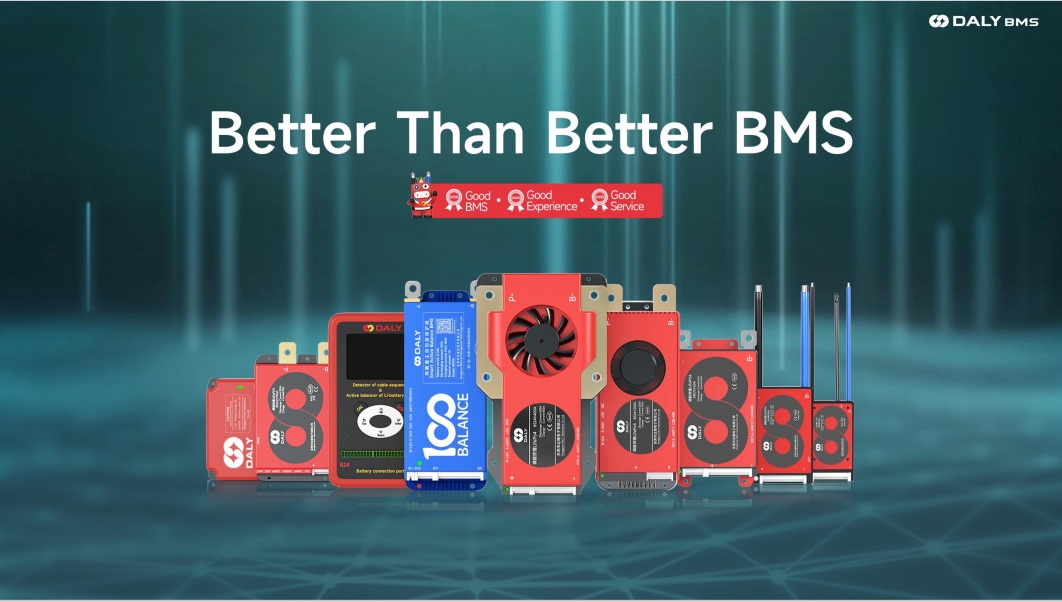Lithium battery packs are like engines that lack maintenance; a BMS without a balancing function is merely a data collector and cannot be considered a management system. Both active and passive balancing aim to eliminate inconsistencies within a battery pack, but their implementation principles are fundamentally different.
For clarity, this article defines balancing initiated by the BMS through algorithms as active balancing, while balancing that uses resistors to dissipate energy is termed passive balancing. Active balancing involves energy transfer, whereas passive balancing involves energy dissipation.

Basic Battery Pack Design Principles
- Charging must stop when the first cell is fully charged.
- Discharging must end when the first cell is depleted.
- Weaker cells age faster than stronger cells.
- -he cell with the weakest charge will ultimately limit the battery pack’s usable capacity (the weakest link).
- The system temperature gradient within the battery pack makes cells operating at higher average temperatures weaker.
- Without balancing, the voltage difference between the weakest and strongest cells increases with each charge and discharge cycle. Eventually, one cell will approach maximum voltage while another nears minimum voltage, impeding the pack's charge and discharge capabilities.
Due to the mismatch of cells over time and varying temperature conditions from installation, cell balancing is essential.
Lithium-ion batteries primarily face two types of mismatch: charging mismatch and capacity mismatch. Charging mismatch occurs when cells of the same capacity gradually differ in charge. Capacity mismatch happens when cells with different initial capacities are used together. Although cells are generally well-matched if they are produced around the same time with similar manufacturing processes, mismatches can arise from cells with unknown sources or significant manufacturing differences.

Active Balancing vs. Passive Balancing
1. Purpose
Battery packs consist of many series-connected cells, which are unlikely to be identical. Balancing ensures that cell voltage deviations are kept within expected ranges, maintaining overall usability and controllability, thereby preventing damage and extending battery life.
2. Design Comparison
- Passive Balancing: Typically discharges higher voltage cells using resistors, converting excess energy into heat. This method extends charging time for other cells but has lower efficiency.
- Active Balancing: A complex technique that redistributes charge within cells during charge and discharge cycles, reducing charging time and extending discharge duration. It generally employs bottom balancing strategies during discharge and top balancing strategies during charging.
- Pros and Cons Comparison: Passive balancing is simpler and cheaper but less efficient, as it wastes energy as heat and has slower balancing effects. Active balancing is more efficient, transferring energy between cells, which improves overall usage efficiency and achieves balance more quickly. However, it involves complex structures and higher costs, with challenges in integrating these systems into dedicated ICs.

Conclusion
The concept of BMS was initially developed abroad, with early IC designs focusing on voltage and temperature detection. The concept of balancing was later introduced, initially using resistive discharge methods integrated into ICs. This approach is now widespread, with companies like TI, MAXIM, and LINEAR producing such chips, some integrating switch drivers into the chips.
From the passive balancing principles and diagrams, if a battery pack is compared to a barrel, the cells are like the staves. Cells with higher energy are long planks, and those with lower energy are short planks. Passive balancing only "shortens" the long planks, resulting in wasted energy and inefficiencies. This method has limitations, including significant heat dissipation and slow balancing effects in large capacity packs.
Active balancing, by contrast, "fills in the short planks," transferring energy from higher-energy cells to lower-energy ones, resulting in higher efficiency and quicker balance attainment. However, it introduces complexity and cost issues, with challenges in designing switch matrices and controlling drives.
Given the trade-offs, passive balancing may be suitable for cells with good consistency, while active balancing is preferable for cells with greater discrepancies.
Post time: Aug-27-2024





